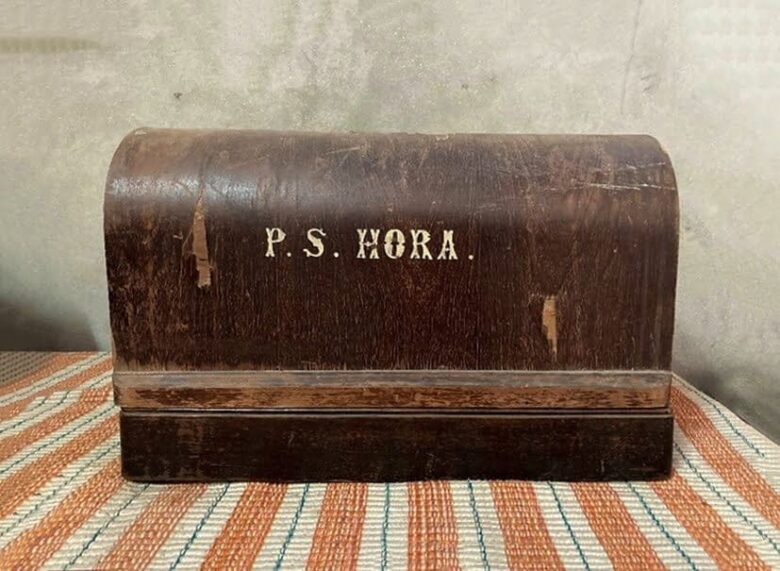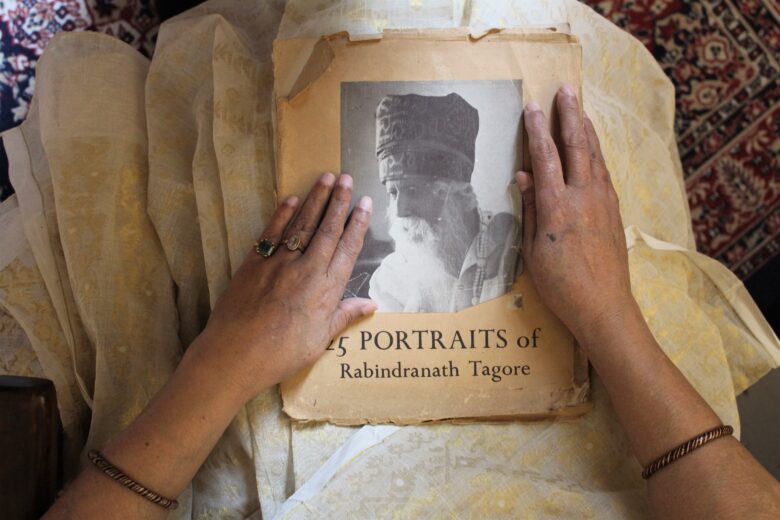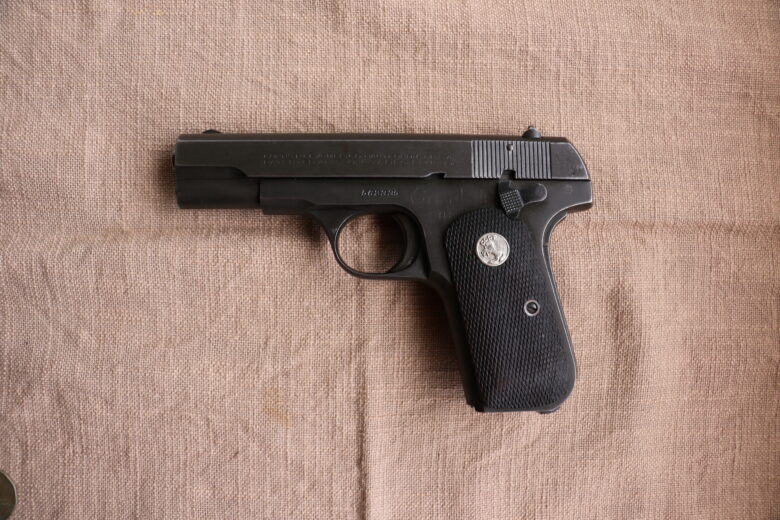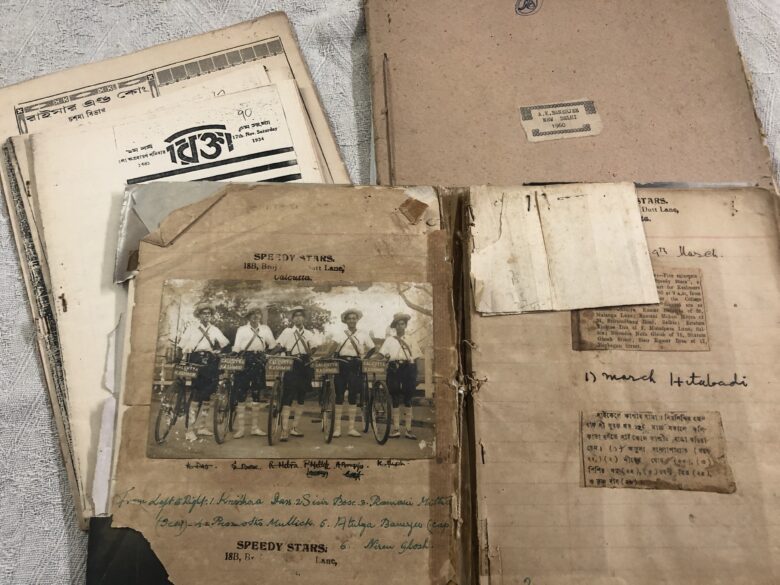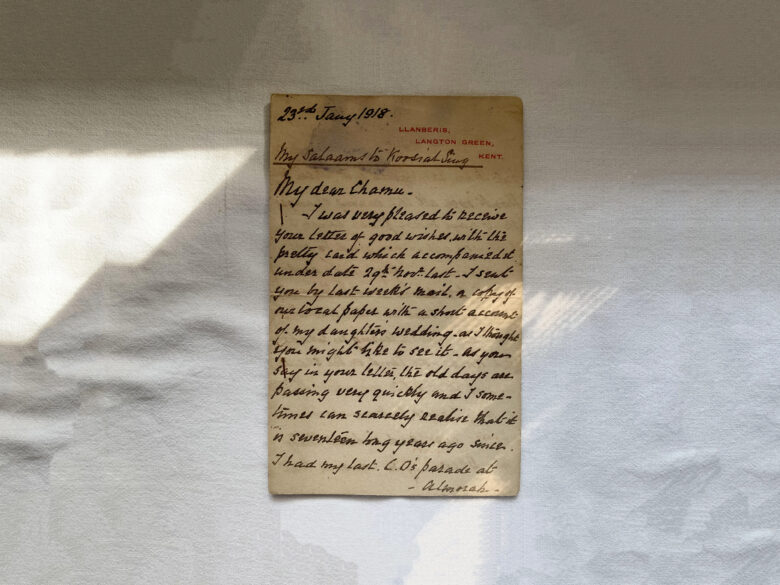In praise of the everyday items
In those days, included in every dowry was a sewing machine, and this belonged to my great-grandmother. The sewing machine is a Singer, with gold embossed work and dates back to the early 1940s. Portable in nature, a standard 14 inches in size, it has a wooden cover with my great-grandfather’s initials P.S Hora (Prem Singh Hora) painted on it.

